The story of two cities: Damascus and Aleppo
Damascus and Aleppo, both in Syria, have fascinated travelers and historians for centuries. Their intertwined stories and unique characteristics continue to amaze. Let's explore what distinguishes them.
Show key points
- Damascus, one of the oldest continuously inhabited cities in the world, has served as a major cultural, political, and religious hub since ancient times.
- Aleppo, equally historic, flourished as a vital trade center along the Silk Road, absorbing and reflecting the cultural influences of empires over millennia.
- Damascus boasts significant landmarks such as the Umayyad Mosque, Al-Azm Palace, and the Straight Street, each showcasing its layered past and architectural splendor.
- ADVERTISEMENT
- Aleppo’s historic treasures, including the towering Citadel, the Great Mosque, and Khan al-Wazir, narrate tales of medieval grandeur and resilience through centuries.
- Both cities exhibit a vibrant culinary tradition—Damascus is known for its honey-soaked pastries and stuffed eggplants, while Aleppo is celebrated for its kebabs and sweet cheese desserts.
- The demographic fabric of Damascus and Aleppo includes a dominant Sunni Muslim population alongside diverse Christian and minority communities, illustrating their historical pluralism.
- Despite severe impacts from the Syrian civil war, both cities demonstrate remarkable resilience and ongoing efforts toward cultural preservation and reconstruction.
Damascus: Millennium City
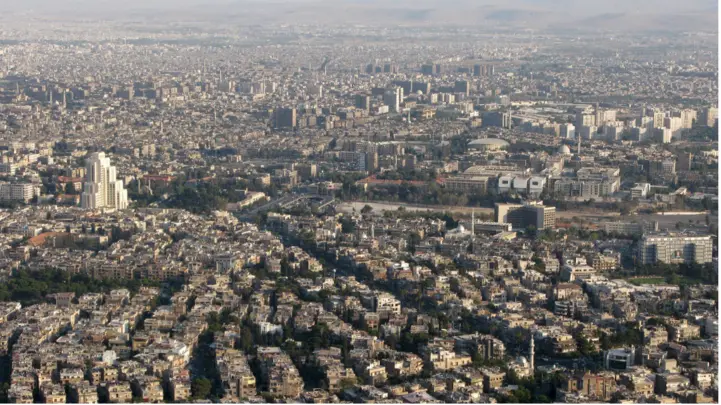
Damascus is the capital of Syria and is one of the oldest inhabited cities worldwide. Its rich history spans different eras and first appeared in geographical records during the fifteenth century BC. It was settled in the third millennium BC and rose to prominence as the capital of the Umayyad Caliphate from 661 to 750. After the victory of the Abbasid state, Islamic power passed to Baghdad. However, Damascus experienced a revival during the Ayyubid and Mamluk periods. To this day, Damascus remains an important cultural center in the Levant and the wider Arab world. In this timeless novel, Damascus continues to captivate visitors, as its ancient stones bear witness to layers of history carved through the ages.
Recommend
Aleppo: Where history reverberates through time
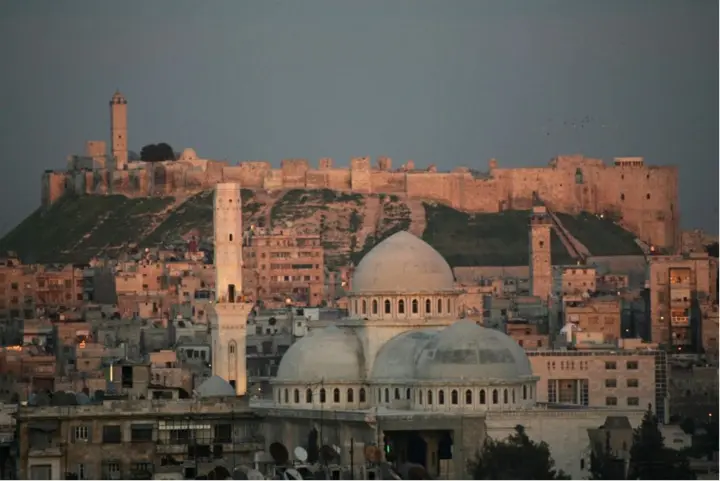
Aleppo prides itself on its ancient origins and rivals Damascus as one of the oldest inhabited cities in the world. Aleppo originated in the early second millennium BC and saw the rise and fall of empires, each of which left its mark on the fabric of the city. During the Silk Road era, it flourished as a crossroads of civilizations, blending Roman, Byzantine and Arab influences. The majestic citadel of Aleppo, dating back to the thirteenth century, stands as a testament to its resilience and past grandeur. For thousands of years, Aleppo was ruled by the Hittites, Assyrians, Arabs, Mongols, Mamluks, and Ottomans, each contributing to its rich cultural fabric.
Culture of the two cities
Damascus: Where markets and arts thrive
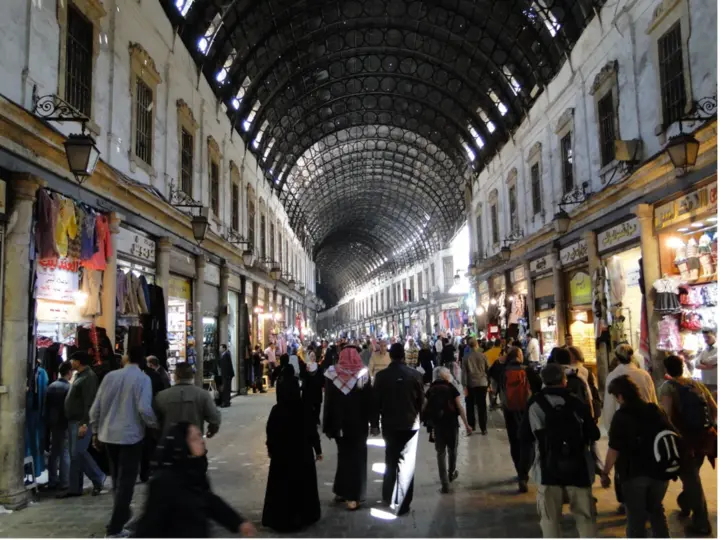
Damascus is a city where tradition intersects with modernity. Its vibrant culture reflects a blend of ancient heritage and contemporary dynamism:
Busy markets: Damascus' markets are vibrant, where spices, textiles and handicrafts are traded. Souk Al Hamidiya and Souk Al Bzouriyeh are famous landmarks, offering a sensual feast to visitors.
Arts and Music: The city has a vibrant art scene that includes theatres, galleries and cultural events. Traditional music, dance and storytelling flourish here, connecting the present with the past.
Culinary delights: Damascus is a gastronomic haven. From delicious shawarma to fragrant kibbeh, cooking shows spark taste buds and celebrate centuries-old recipes.
Aleppo: a haven of gastronomy and community spirit
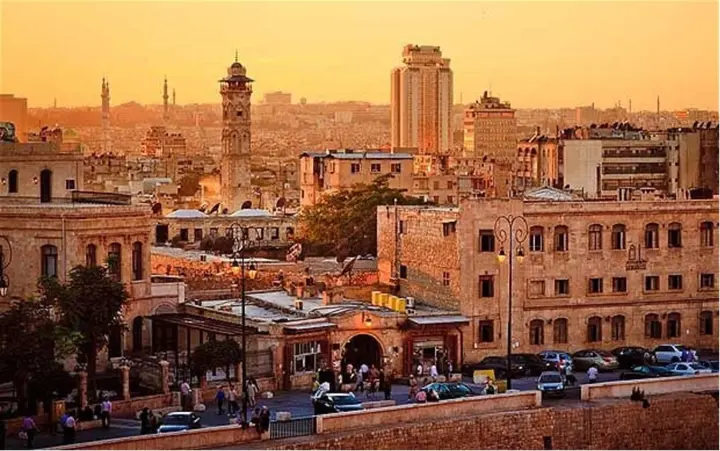
The culture of Aleppo is deeply rooted in its history and community ties:
Great cuisine: Aleppo is famous for its cuisine. From delicious kebabs to delicious muhammara, its food traditions have been passed down through generations. The city's culinary heritage is a testament to its multicultural past.
Historic baths: The public baths in Aleppo serve as social centers, where locals gather, chat, and relax. These historic spaces reflect the city's focus on community and shared experiences.
Community Spirit: Aleppo exudes a strong sense of community and hospitality. Whether in crowded markets or quiet neighborhoods, people come together and forge connections that transcend time.
Historic sites in both cities
Damascus: A living museum
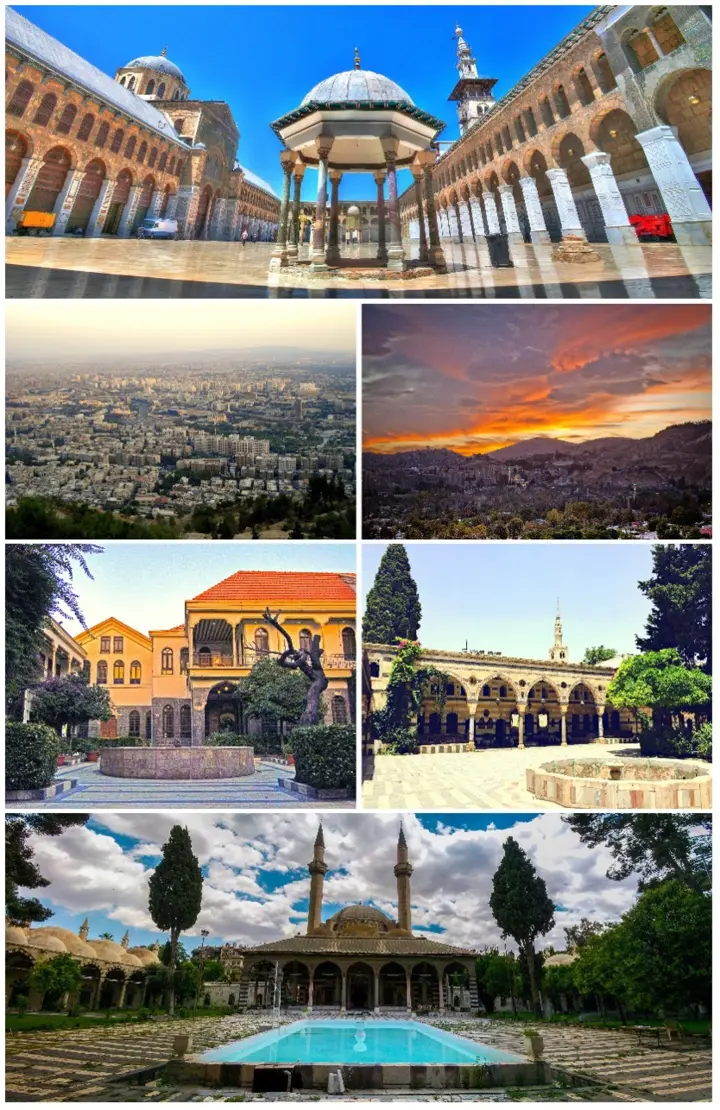
Umayyad Mosque
The Umayyad Mosque in Damascus is a masterpiece of Islamic architecture. Its towering minaret penetrates the sky, serving as a beacon for worshippers and visitors alike. Originally built in the eighth century, it has undergone many renovations and expansions over the centuries. The large courtyard of the mosque, intricate mosaics and elegant arches reflect the artistic and spiritual achievements of the Umayyad dynasty.
Bone Palace
Al-Azm Palace stands as a witness to the design and luxury of the Ottoman era. Located in the heart of Damascus, this historic palace features stunning courtyards decorated with fountains, intricate woodwork and colourful tiles. Visitors can explore its various rooms, including harems, reception halls, and private rooms. The palace offers a glimpse into the lifestyle of the Ottoman elite during the eighteenth century.
Straight Street
The straight street, mentioned in the Bible, is an ancient road that runs through the heart of Damascus. Lined with historic buildings, it has seen centuries of history, from Roman times to the present day. Walking along this ancient street feels like going back in time, with narrow alleys, stone facades and hidden squares.
Aleppo: Echoes of Past Centuries
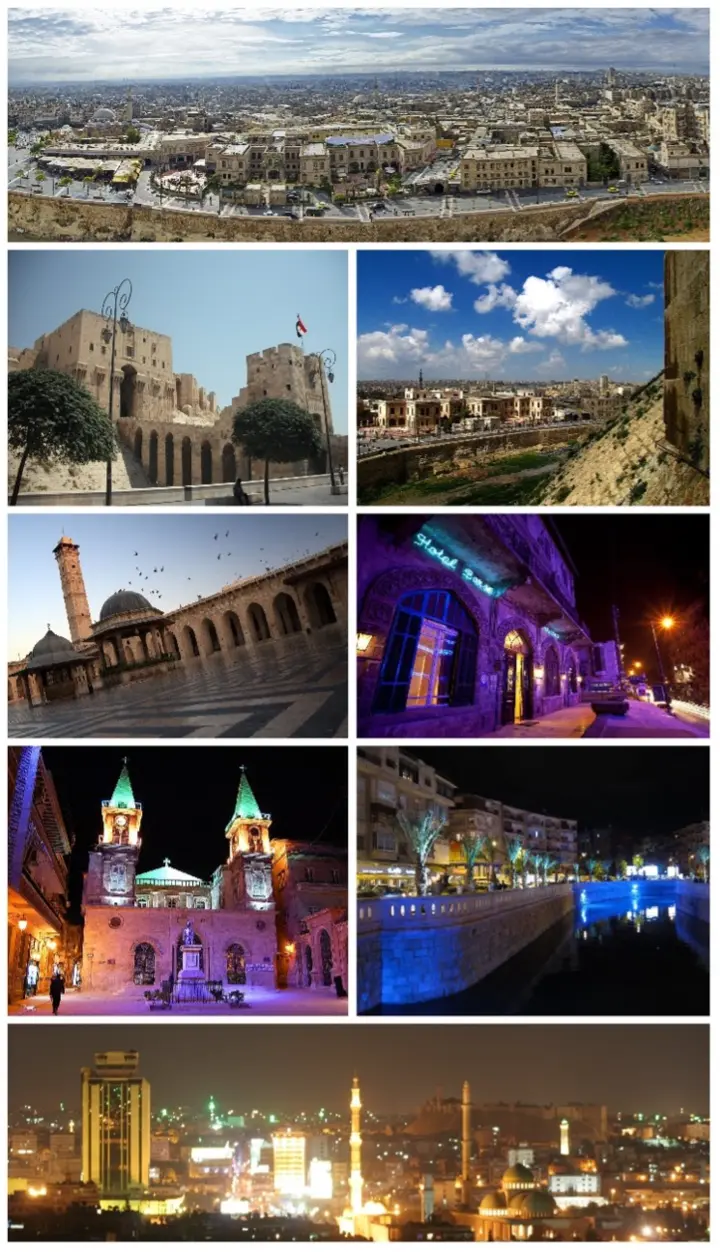
Aleppo Citadel
A large medieval fortified palace located in the center of the old city of Aleppo. It is considered one of the oldest and largest castles in the world. The castle's massive limestone walls, majestic towers, and strategic location on the top of the hill make it an architectural marvel. It served as a defensive stronghold, royal residence, and symbol of power throughout its history. Despite the damage inflicted on him during the Syrian war, ongoing reforms aim to maintain their historical significance. The citadel that dominates the city is part of the Old City of Aleppo and has been designated a UNESCO World Heritage Site since 1986.
Aleppo Grand Mosque
The Great Mosque of Aleppo is a blend of architectural styles that reflect the city's rich history. Originally built in the eighth century, it has been expanded and renovated over time. The huge courtyard, elegant arches and intricate stonework show the ingenuity of different eras. The mosque's minaret offers panoramic views of the surrounding city.
Khan al, Wazir
Khan al-Wazir was once a busy place for caravans, where merchants, travelers and pilgrims met. It was built during the thirteenth century and served as a center of trade and commerce. Its massive stone walls, arched entrances and vaulted rooms evoke the spirit of the medieval city of Aleppo. Today, Khan al-Wazir serves as a historical reminder of the city's vibrant past.
In these ancient cities, each stone tells a story, and each site invites us to explore the layers of history that have shaped its present. Whether you wander through the tranquil courtyard of the Umayyad Mosque or stand over the citadel of Aleppo, you will feel the echoes of centuries past.
Demography and religion
Damascus
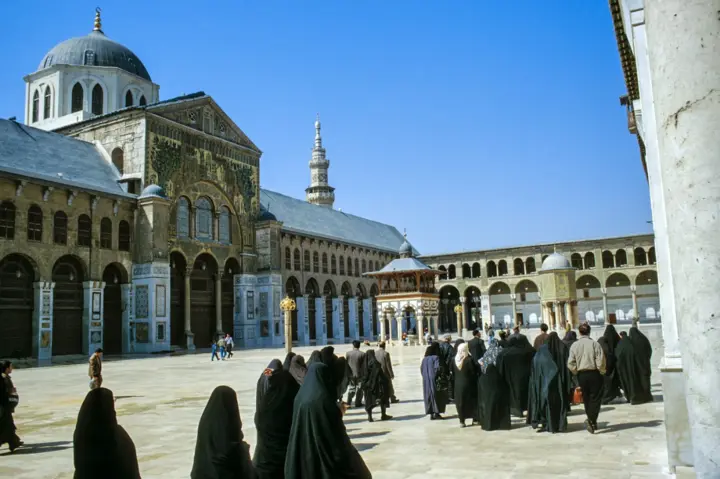
Sunni Muslims: The largest religious community in Damascus, constituting about 74% of the population. Arabic-speaking Sunnis make up the majority, followed by Kurds, Turkmens, Circassians and Palestinians.
Christians: Damascus is home to various Christian denominations, including Greek Orthodox, Roman Catholic, Armenian Orthodox, Armenian Catholic, Syriac Orthodox, Syriac Catholic, Nestorian, Chaldean, Maronite, Latin Catholics, and Protestants.
Alawites: A large minority in Damascus, who are followers of a branch of Shiite Islam.
Historic Christian Quarters: Bab Touma is a Christian neighborhood known for its ancient churches and rich cultural heritage.
Aleppo
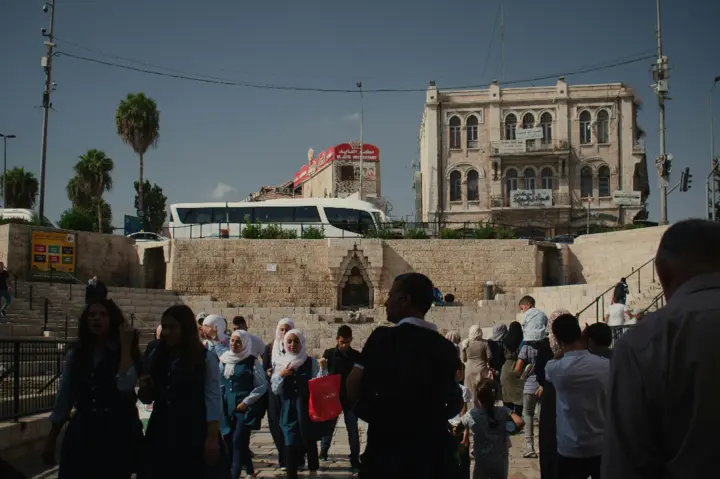
Sunni Muslims: As in Damascus, Sunni Muslims make up a large majority in Aleppo, where they make up about 74 percent of the population.
Armenians and Syriacs: Aleppo has prominent Armenian and Syriac communities, reflecting its multicultural past.
In both cities, the interaction between diverse religious and cultural backgrounds contributes to their unique character and historical significance.
Modern
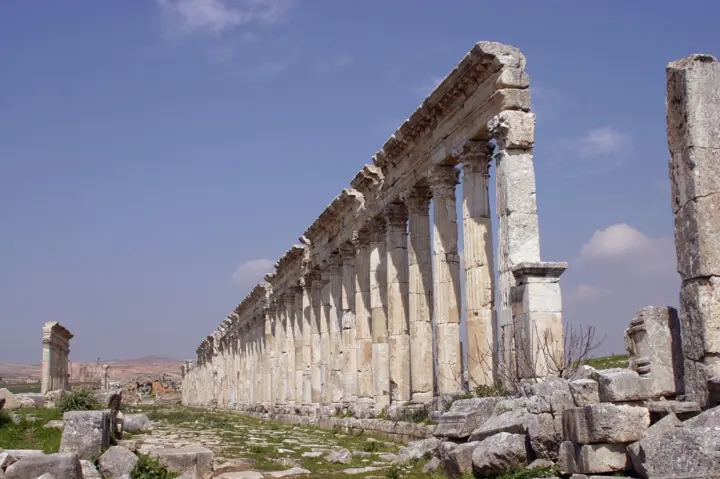
Damascus: The Capital Through Unrest
Since Damascus is the capital of Syria. They play a central role in the political, administrative and cultural life of the country.
Syrian Civil War: Unfortunately, Damascus has not been immune to the devastating effects of the ongoing Syrian civil war. The conflict has led to displacement, destruction and loss of life within the city. Neighborhoods have been affected, and the city's infrastructure has suffered.
Aleppo: Steadfastness amid destruction
Severe impact: Aleppo, once a thriving and historic city, has borne the brunt of the war. During the battle for Aleppo, the city witnessed heavy fighting, airstrikes and immense human suffering.
Reconstruction efforts: Despite the destruction, efforts are still underway to rebuild and preserve Aleppo's heritage. The restoration projects aim to revive its architectural gems, including the citadel of Aleppo and historic neighborhoods.
In this turbulent modern era, both cities are grappling with the consequences of conflict, yet their resilience and cultural significance remain.
Eating in both cities
Damascus: A Gastronomic Journey
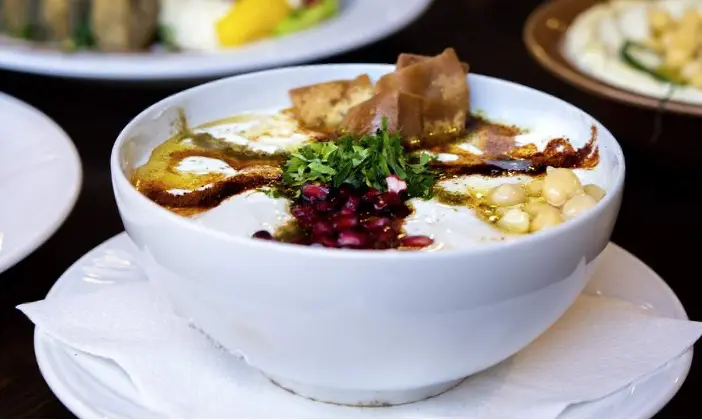
Damascene sweets
Honey soaked pastries: Damascus is famous for its delicious honey-soaked pastries. From baklava to katayef, these desserts are a celebration of craftsmanship and flavor.
Fattah
Layers of bread, chickpeas and yogurt: Fatteh is a convenient dish made from layers of toast, cooked chickpeas and creamy yogurt. Topped with pine nuts and spices, it's a delightful blend of textures and tastes.
Makdous
Stuffed eggplant: Makdous is characterized by the presence of small eggplants stuffed with a mixture of walnuts, garlic and red pepper. These small bombs with a flavor preserved in olive oil are a staple of Syrian cuisine.
Aleppo: Gastronomic Heritage
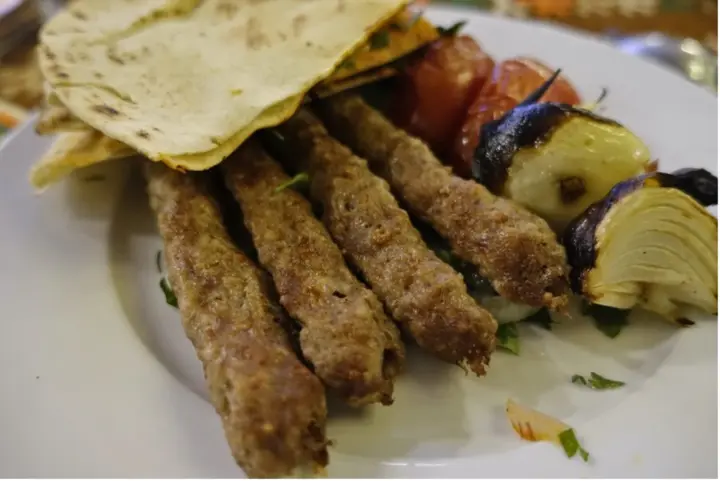
kebab
Grilled meat skewers: Aleppo kebab is legendary. Whether it's tender lamb or tender chicken, the secret lies in the marinade and skillful grilling over open flames.
Eggplant Mutabal
Roast Eggplant Dip: Marinated is a smoked eggplant dip mixed with tahini, garlic and lemon juice. Served with warm pita bread, which is a must-try appetizer.
Sweetness of cheese and sweet cheese rolls: These thin rolls are made from a mixture of sweet cheese, sugar and semolina. Sprinkle with rose syrup or neroli, melt in your mouth.
In this timeless tale, Damascus and Aleppo continue to enchant visitors, each revealing its allure and flexibility. Their intertwined history makes them truly fascinating destinations.








